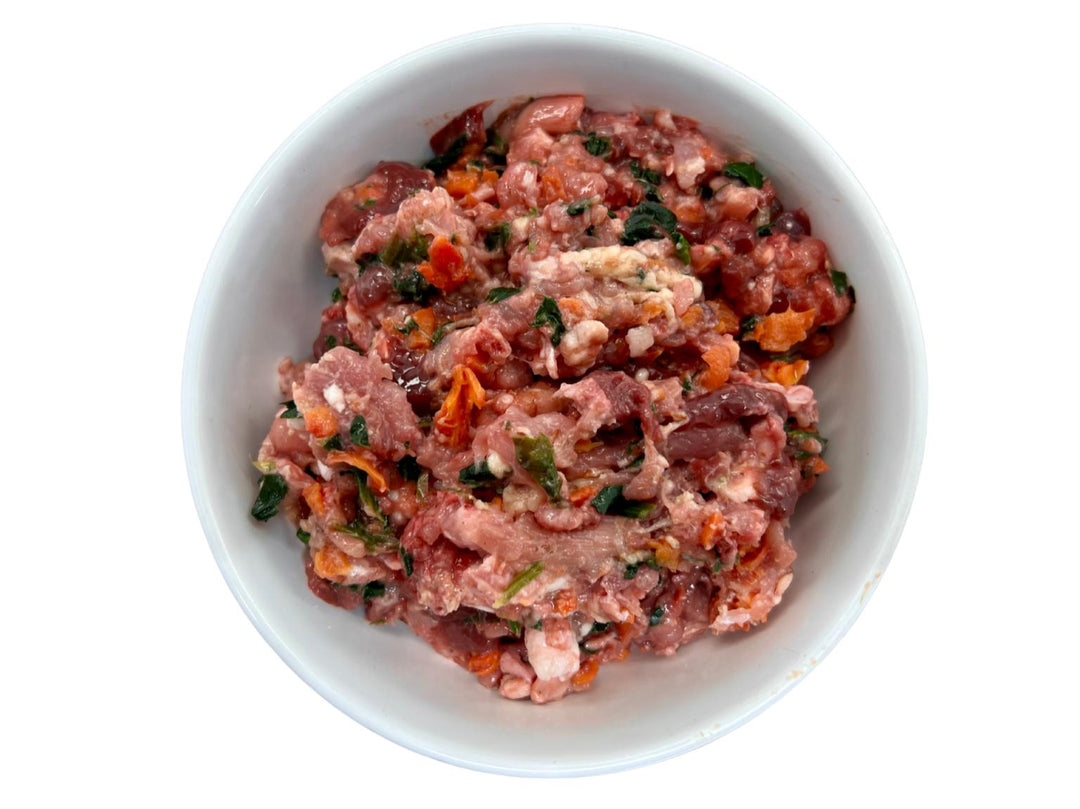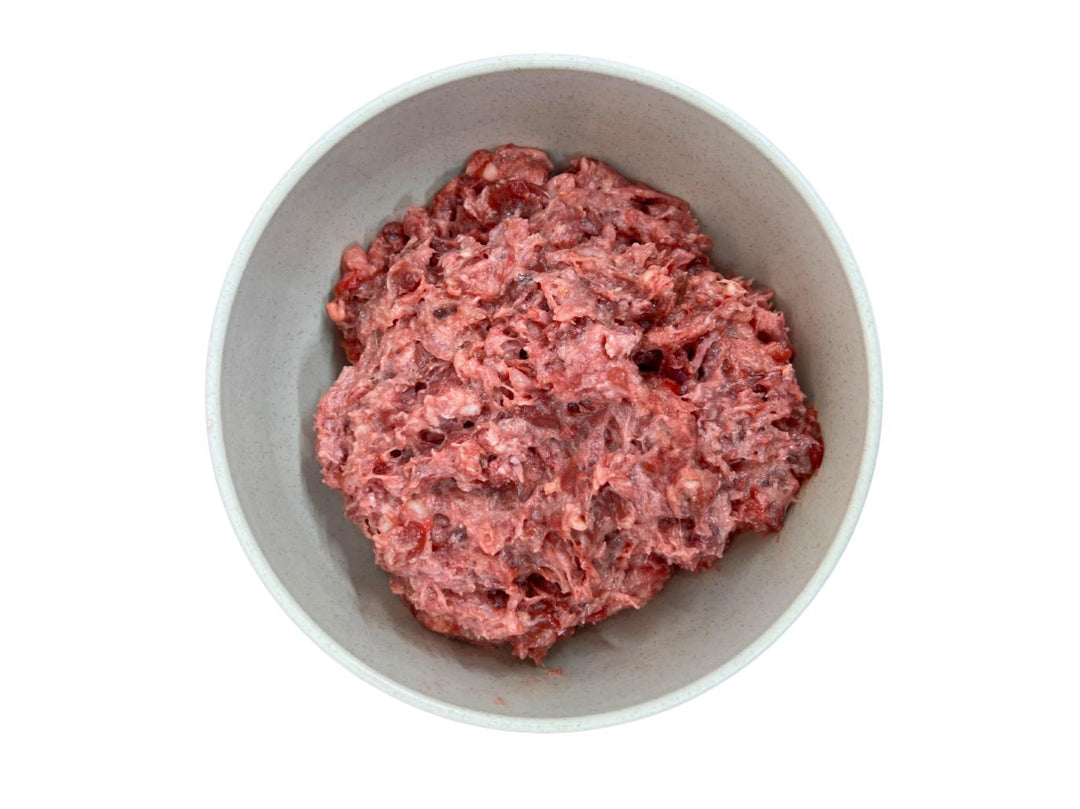

Feeding guides
Get expert tips on raw feeding, portion sizes, and transitioning your dog or cat. Our feeding guides make it easy to feed fresh, nutritious food with confidence.


Get expert tips on raw feeding, portion sizes, and transitioning your dog or cat. Our feeding guides make it easy to feed fresh, nutritious food with confidence.





We love to hear how we’ve made a difference in your pets’ lives!

We cannot say enough good things about Rebel Raw. Our cat, Jiggy, has never been able to tolerate any other raw food brand since bringing him home. The quality of ingredients is unmatched, and the care that Tina and Matt put into their products and customer service is truly exceptional. We are lifelong customers.

Alizay B


Our mastiffs LOVE everything we’ve tried and we’ve tried a lot over the years! Food is top quality, delivery and online app are super dependable and the team has been great if we’ve ever had any questions. A+, highly recommended

Monique H


Our Maine Coon loves it. She has IBS and the raw diet seems to be helping her immensely. Excellent quality and great service!

David C


Great quality! My cats love this food. It’s nice knowing they are eating healthy. I really like that Rebel Raw is a family run business. We even get personal hand written notes on our receipts! 💜. We highly recommend them!!

Amanda W


Our dogs love the Besties Beef, they rush to eat it every meal. We love how easy it is to feed along with how their hair, skin, and ears stay looking great. They get loads of compliments from the vet and groomer. Bulldogs are notorious for skin and ear issues on kibble.

Christopher R

More reviews
Rebel Raw Newsletter



